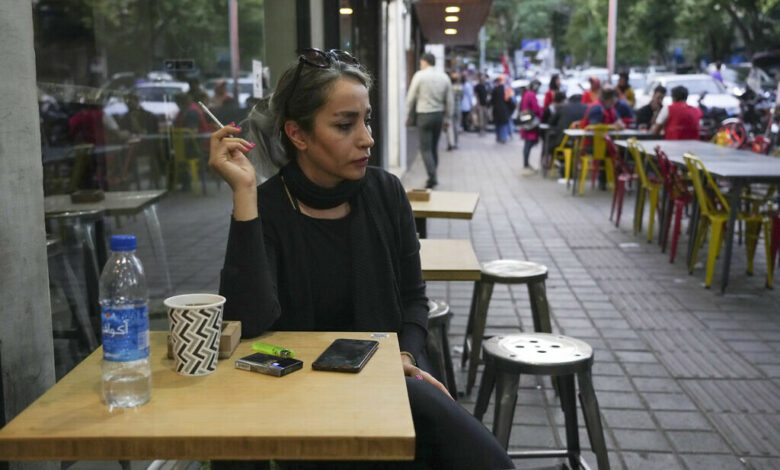‘Leave Us Alone’: As More Iranian Women Shun Hijab, Crackdown Unveils Decades-Old Rifts

Billboards across Iran’s capital proclaim that women should wear their mandatory headscarves to honour their mothers. But perhaps for the first time since the chaotic days following Iran’s 1979 Islamic Revolution, more women — both young and old — choose not to do so.
Such open defiance comes after months of protests over the September death of 22-year-old Mahsa Amini in the custody of the country’s morality police, for wearing her hijab too loosely. While the demonstrations appear to have cooled, the choice by some women not to cover their hair in public poses a new challenge to the country’s theocracy. The women’s pushback also lays bare schisms in Iran that had been veiled for decades.
Authorities have made legal threats and closed down some businesses serving women not wearing the hijab. Police and volunteers issue verbal warnings in subways, airports and other public places. Text messages have targeted drivers who had women without head covering in their vehicles.
However, analysts in Iran warned that the government could reignite dissent if it pushes too hard. The protests erupted at a difficult time for the Islamic Republic, currently struggling with economic woes brought on by its standoff with the West over its rapidly advancing nuclear program.
Some women said they’ve had enough — no matter the consequence. They say they are fighting for more freedom in Iran and a better future for their daughters. Some suggested the growing number of women joining their ranks might make it harder for the authorities to push back. Still, they worry about risk. The women interviewed only provided their first names, for fear of repercussions.
Iran and neighbouring Taliban-controlled Afghanistan are the only countries where the hijab remains mandatory for women. Before protests erupted in September, it was rare to see women without headscarves, though some occasionally let their hijab fall to their shoulders. Today, it’s routine in some areas of Tehran to see women without headscarves.
For observant Muslim women, the head covering is a sign of piety before God and modesty in front of men outside their families. In Iran, the hijab — and the all-encompassing black chador worn by some — has long been a political symbol as well.




